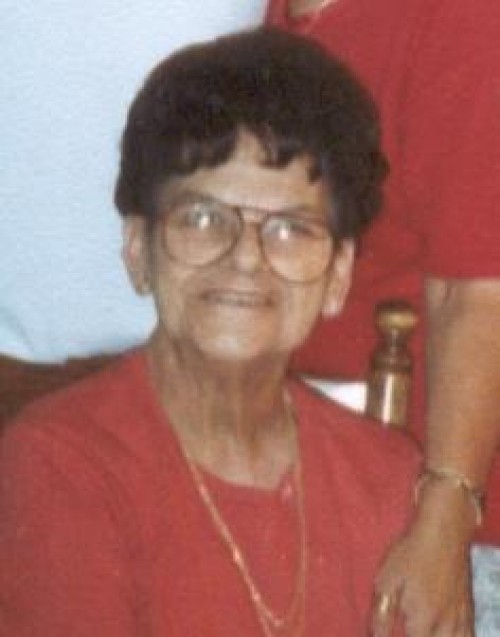
Sarah Smith
October 30, 2007November Dance
November 1, 2007At this time of the year, we see pumpkins everywhere. The following is a modern parable using the pumpkin as an image.
A coworker asked a woman, “What is it like to be a Christian?”
The coworker replied, “It is like being a pumpkin. God picks you from the patch, brings you in, and washes all the dirt off you. Then he cuts off the top and scoops out all the yucky stuff. God removes the seeds of doubt, hate, greed, etc., and then carves a new smiling face on you. Then God puts his light inside you to shine for all the world to see.”
Let your light shine!
At this time of the year we celebrate Halloween. Some Christians object to this celebration because they believe it promotes a pagan observance with witchcraft overtones. The truth is that Halloween has its foundation in Christianity.
Since the ninth century, the Catholic Church has celebrated the Feast of All Saints Day on Nov. 1. This feast honors all the saints both known and unknown of every time and place whose lives and deed continue to inspire us.
The vigil of All Saints would be October 31. In the old English (that we still used in the Lord’s prayer), the word for “holy” is “hallow.” All Hallows Eve became Hallowe’en, in a similar way that eight-and-ten evolved to eighteen (along with the rest of the “teens”).
What about the dressing up in the various costumes? The wearing of costumes in connection with All Souls Day (the days after All Saints Day) began in France in the 14th and 15th centuries. When repeated outbreaks of the bubonic plague (the black death) hit Europe, about half the population of Europe was wiped out. People became fixated on death and the afterlife. Individuals would dress up in skeleton costumes to remind the public of their own mortality.
When this became organized, it was known as the “Dance of Death.”
We can see this image captured in Ingmar Bergman’s classic movie The Seventh Seal. The Seventh Seal tells the story of a knight named Antonius Block (Max von Sydow) and his squire Jöns (Gunnar Bjönstrand), who have just returned from ten fruitless years in the Crusades to a Sweden in the throes of the black plague. There the knight is confronted by the Great Reaper, Death himself.
The knight literally plays chess with Death. He needs time to get his “life together.” After a time, the knight loses the game. In a 14th century “Dance of Death,” Death might appear as an emissary from God beckoning people to judgment and the afterlife.
In Bergman’s film, we have that famous image of Death leading the knight and his five companions on a hilltop in this “Dance of Death.”
When I was in the seminary at St. Joseph Abbey in the 1950s, for the Vigil of All Saints (Hallowe’en) all the monks and seminarians would process after dark to the graveyard with lighted candles singing the Dies Irae, “Day of Wrath.” For those who are not familiar with the Dies Irae, this is a classic 13th Century Latin hymn with a haunting melody often used in movies and in classical music.
The words describe the day of judgment, the last trumpet summoning people before the throne of God, where the saved will be delivered and the unsaved cast into eternal flames.
The experience was both moving and haunting.
Like anything in life, we give meaning to any celebration. Hallowe’en can be a fun night for kids. Hardly anyone believes in ghosts or the “rougarou.” By dressing up and having a good time, a family can have some clean fun without being irreligious.






